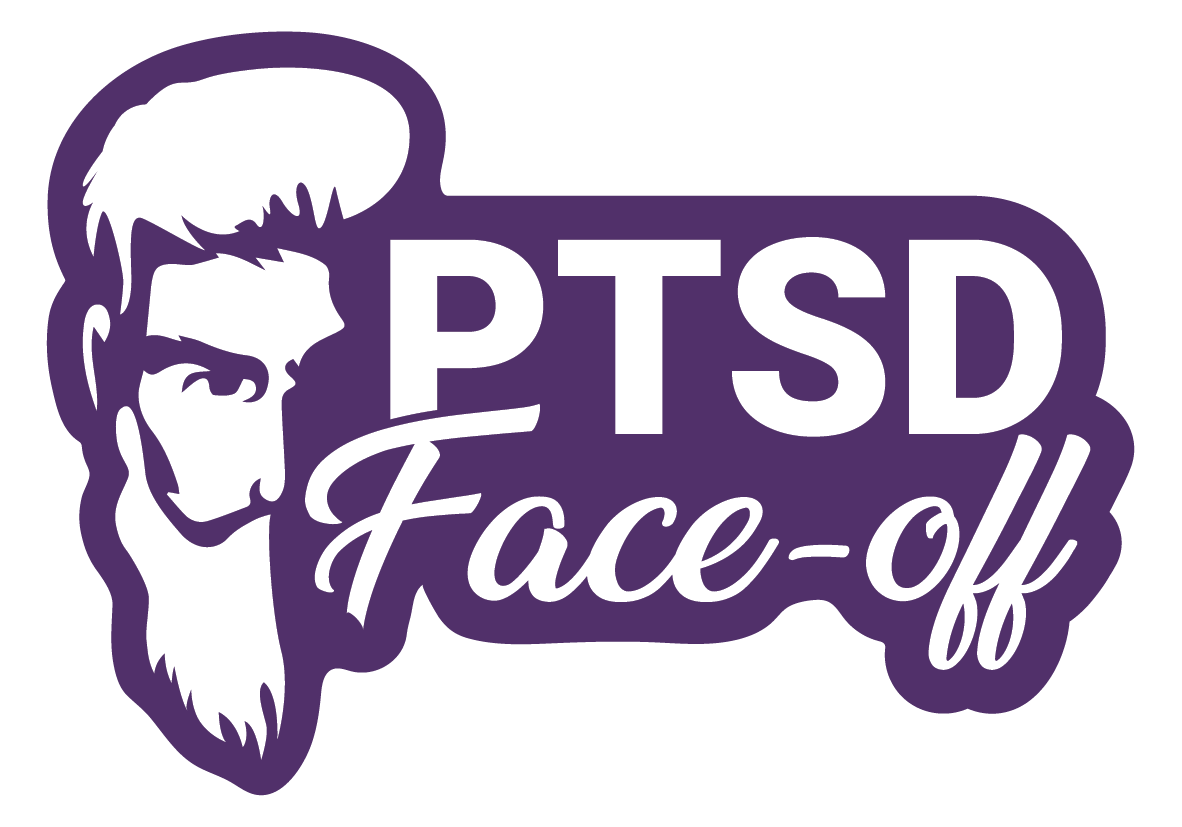Understanding PTSD
Post-TraumaticStress Disorder
So what exactly is PTSD?
Throughout history, PTSD has been known by various names including Soldiers Heart, Shell Shock, Battle Fatigue and more. Shakespeare even describes the symptoms very well in his play Henry IV Part 1 in the lines of Lady Percy when speaking to her husband.
In these early days it was not considered to be as much a medical condition but rather a case of fear or even cowardice. Thankfully modern science has proven this to be incorrect.
The medical world first started to look at the problems associated with those exposed to military combat following the American Civil War (1861-1865) but it wasn’t until the Vietnam War (1955-1975) that research finally led to PTSD being added to the DSM-III (Diagnostic and Statistical Manual of Mental Disorders third edition).
A report from the Australian Institute of Health and Welfare reveals there were at least 1677 deaths by suicide between 1997 and 2021 among serving, ex-serving and reservist Australian Defence Force personnel who served on or after 1 July 1985.
Of the 1677 recorded suicide deaths, 1542 were men and 135 were women, more than 20-times the number killed in active duty over roughly the same period.
These figures do not include the deaths that were not officially recorded as suicide because intent could not be determined. Nor does it include those who served before 1985 such as Vietnam Veterans.
Ex-serving males who were enlisted in the permanent forces are 42% more likely to die by suicide than the broader male Australian population while in females the rate was an astonishing 107% higher than the general population.
Further findings were that in those males that only served in the reserves the suicide rate was similar to the general population however in those that served in the permanent forces, the rate was 44% higher that the general population.
Statistics taken from Royal Commission into Defence and Veteran Suicide press conference 13 September 2023.
Symptoms of PTSD
People with PTSD have intense, disturbing thoughts and feelings related to their experience that may continue many years after the trauma they experienced. They may experience nightmares or flashbacks, experience prolonged low mood or be easily angered, they may even feel numb or detached and withdraw from society.
Symptoms may include;
- Hyper-arousal – being on constant alert for danger, irritable and having angry outbursts. Concentration and sleep are also heavily impacted.
- Intrusive thoughts – unwanted memories, images, flashbacks and nightmares interfere with a persons ability to function normally.
- Avoidance – people suffering PTSD will deliberately try to avoid anything that may remind them of their traumatic experience. It may be people, places, activities or even objects, anything that brings back memories they often become reclusive.
These are not the only things a Psychiatrist will look for before diagnosing the condition, however these are generally present in anyone with PTSD.
How the brainresponds to stress
The brain has a sophisticated chemical system designed to react to stress. When the brain perceives a threat the body’s sympathetic nervous system activates the fight-or-flight response, the adrenal glands release a flood of hormones including epinephrine (more commonly known as adrenaline) and norepinephrine. These hormones trigger physical changes in the body, such as increased heart rate, higher blood pressure, and faster breathing, which provide the body with plenty of energy and oxygen to respond to the threat at hand.
The hormones released into the bloodstream during times of stress also affect the brain and chemical changes within. Studies have shown that people with PTSD have abnormal levels of stress hormones.
People with PTSD have been found to continue to produce high amounts of fight or flight hormones even when there’s no danger. It’s thought this may be responsible for the numbed emotions and hyperarousal experienced by some people with PTSD.
In people with PTSD, parts of the brain involved in emotional processing appear different in brain scans. One part of the brain responsible for memory and emotions is known as the hippocampus. In people with PTSD, the hippocampus appears smaller in size.
It’s thought that changes in this part of the brain may be related to fear and anxiety, memory problems and flashbacks. The malfunctioning hippocampus may prevent flashbacks and nightmares being properly processed, so the anxiety they generate does not reduce over time.
Science has now shown that PTSD is the result of damage to the brain structure.
Image above from Science Leadership Academy while the one above is an MRI scan from Neuroscience News.
Show Your Support
PTSD Face-off
October 10th is World Mental Health Day and I will be celebrating this special day by shaving off my beard to help raise awareness and funds for PTSD dog training. It’s a small gesture with a big impact! I truly believe that together, we can make a difference. Whether you choose to participate in fundraising efforts or simply support us by spreading the word, every single person can make a meaningful contribution.
